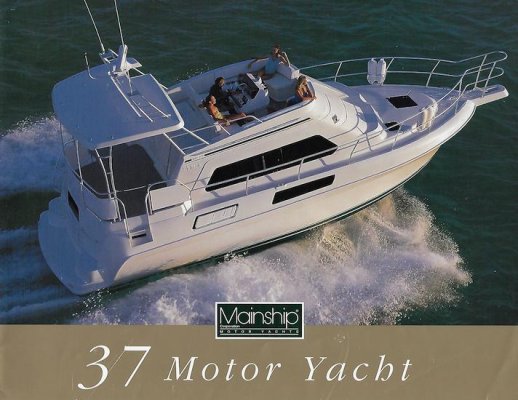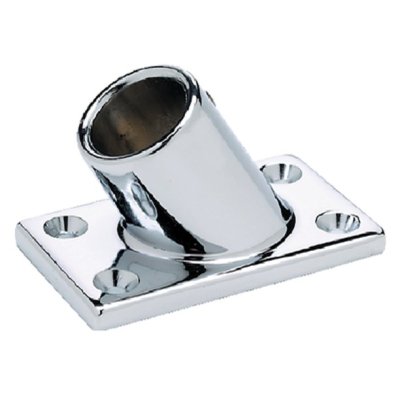So much thread drift, I might as well add to it. ?
I'd expect the oficianadoes to have a field day but what's wrong with the attached? To my layman eyes seems to have good penetration, strength and no porosity but I'm certainly not the one to pass judgement. Seems much easier and less gear than TIG/MIG especially away from civilisation.
https://youtu.be/XaMliH_F2LM
As an emergency repair, or something for your camper, maybe. If you looked closely as the quality of the weld (especially inside that tube) the difference with a good back purged TIG weld will be obvious. Also, after a couple of years around salt water there is very likely to be significant rust near the weld, as a lot of it was changed from austenitic to martensitic. Less gear? Still need the power supply and cables, don't need a gas bottle so there is that. With TIG you'd have to do a LOT less finishing.
Both stick and MIG are additive processes, to get penetration you have to put on a lot of metal and then grind it off again. TIG weld a tight fitting joint and you fuse the metal with little or no filler needed.
You are going to have to look very, very hard to find anyone doing SS welding for yachts, using anything but TIG. There's a reason for that.







